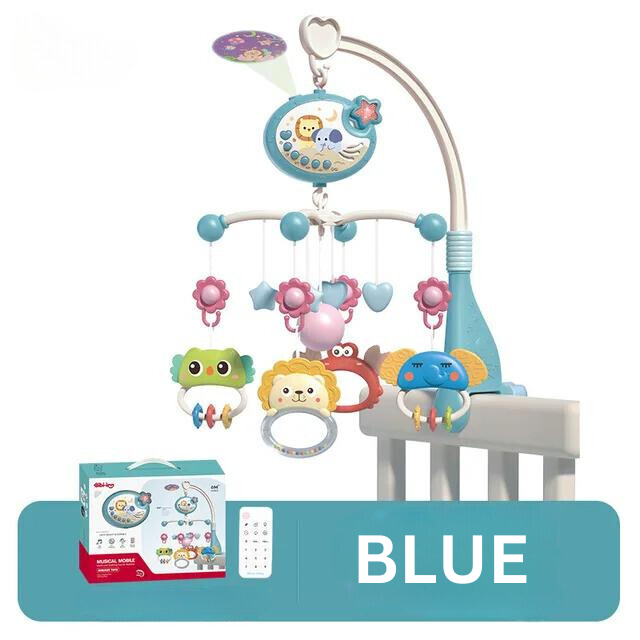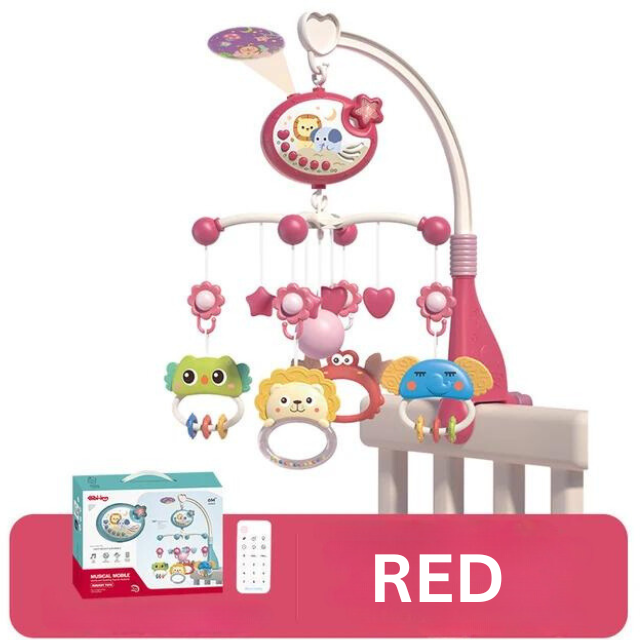Baby mobiles, a common feature in nurseries worldwide, vary significantly across cultures, reflecting diverse traditions, aesthetics, and values. This extensive exploration delves into the various styles of baby mobiles around the world, highlighting how different cultures have influenced their design and use. By understanding these cultural differences, we gain insight into the universal importance of these objects in early childhood development and the rich tapestry of global parenting practices.
The Cultural Significance of Baby Mobiles
More Than Decor
- In many cultures, cot baby mobiles are more than nursery decorations. They often carry deeper meanings, from blessings and protection to storytelling and heritage.
Reflection of Parenting Philosophies
- The design and use of baby mobiles can reflect broader parenting philosophies and cultural values, such as the importance of nature, spirituality, or sensory development.
Baby Mobiles Around the World
Scandinavian Minimalism
- In Nordic countries, baby mobiles often reflect the minimalist and functional design ethos. Simple, elegant mobiles with a focus on natural materials and muted colors are common, embodying a philosophy of simplicity and harmony with nature.
Japanese Koinobori and Chiyogami
- In Japan, Koinobori - carp-shaped windsocks - are sometimes adapted as baby mobiles. Traditional Chiyogami (colorful paper) is also used to create intricate, delicate mobiles, reflecting a deep appreciation for artistry and nature.
African Beadwork and Textiles
- African mobiles often incorporate vibrant colors, patterns, and beadwork. These mobiles not only stimulate visual development but also serve as a connection to cultural heritage, showcasing the richness of African textiles and craftsmanship.
Native American Dreamcatchers
- Dreamcatchers, originating from Native American cultures, are sometimes used as baby mobiles. Traditionally believed to protect the sleeper from negative dreams, they symbolize care and spiritual guardianship in a nursery context.
Indian Jhoola Style
- In India, baby mobiles often take inspiration from the traditional 'Jhoola' (swings). These mobiles might feature figures from Indian mythology or natural elements like birds and flowers, woven into intricate designs with bright colors and beads.
Australian Aboriginal Inspiration
- Mobiles inspired by Australian Aboriginal art often feature motifs and patterns significant in Aboriginal culture. They are usually colorful and tell stories through symbols and imagery.
Central and South American Textiles
- In Central and South America, mobiles often incorporate elements of traditional textiles and crafts. Bright colors, bold patterns, and handmade fabrics reflect the rich cultural history and artisanal skills.
European Vintage Charm
- In many European countries, there's a penchant for vintage-style mobiles that harken back to traditional designs. These might include classic elements like wooden figurines, felt animals, or hand-painted details.
Middle Eastern and Islamic Art Influence
- In the Middle East, mobiles may feature geometric patterns and calligraphy reflecting Islamic art. The use of light, shadow, and subtle color palettes can be seen, aligning with cultural and artistic traditions.
Southeast Asian Bamboo and Lantern Mobiles
- Southeast Asian mobiles often utilize local materials like bamboo and incorporate elements of traditional lantern designs. These mobiles reflect a harmony with nature and a connection to local craftsmanship.
Design Elements and Symbolism
Materials and Craftsmanship
- The choice of materials – whether bamboo, fabric, paper, or wood – is often deeply rooted in cultural traditions and available local resources.
Color and Pattern
- The use of color and pattern in baby mobiles varies widely. Some cultures prefer bright, stimulating colors, while others opt for softer, more muted tones.
Symbolism and Storytelling
- Many baby mobiles incorporate symbols or characters from cultural stories and mythology, serving as a means of storytelling and cultural education from an early age.
The Role of Baby Mobiles in Early Development
Visual Stimulation
- Regardless of cultural background, baby mobiles universally serve the purpose of stimulating visual development in infants.
Cognitive and Motor Skills
- The design and movement of mobiles can aid in cognitive and motor skills development, encouraging babies to reach, focus, and engage.
Cultural Identity and Connection
- For many parents, choosing a culturally significant mobile is a way to connect their child with their heritage and identity from an early age.
Conclusion
Baby mobiles around the world offer a fascinating glimpse into the diversity of cultural expressions and parenting philosophies. From the minimalistic elegance of Scandinavian design to the vibrant beadwork of African art, these mobiles are more than mere playthings; they are a reflection of cultural identity, artistic expression, and developmental care. As globalization increases, the cross-cultural influences in the design and use of baby mobiles may become more pronounced, leading to an even richer array of choices for parents everywhere. Ultimately, these varied designs remind us that while the ways we care for our children may differ in form and appearance, the love and hope we invest in them are universal. Explore Australia's premier collection of BabyCotMobiles! From whimsical cot to elegant nursery mobiles, find the perfect addition to your little one's room. Our handpicked range combines style, quality, and developmental benefits. Shop now for unforgettable designs and create a magical nursery space!



